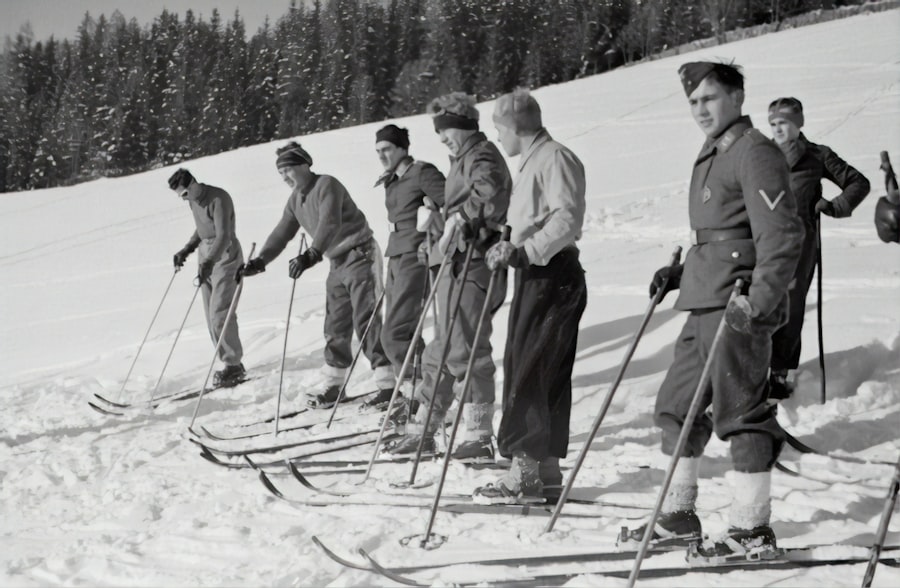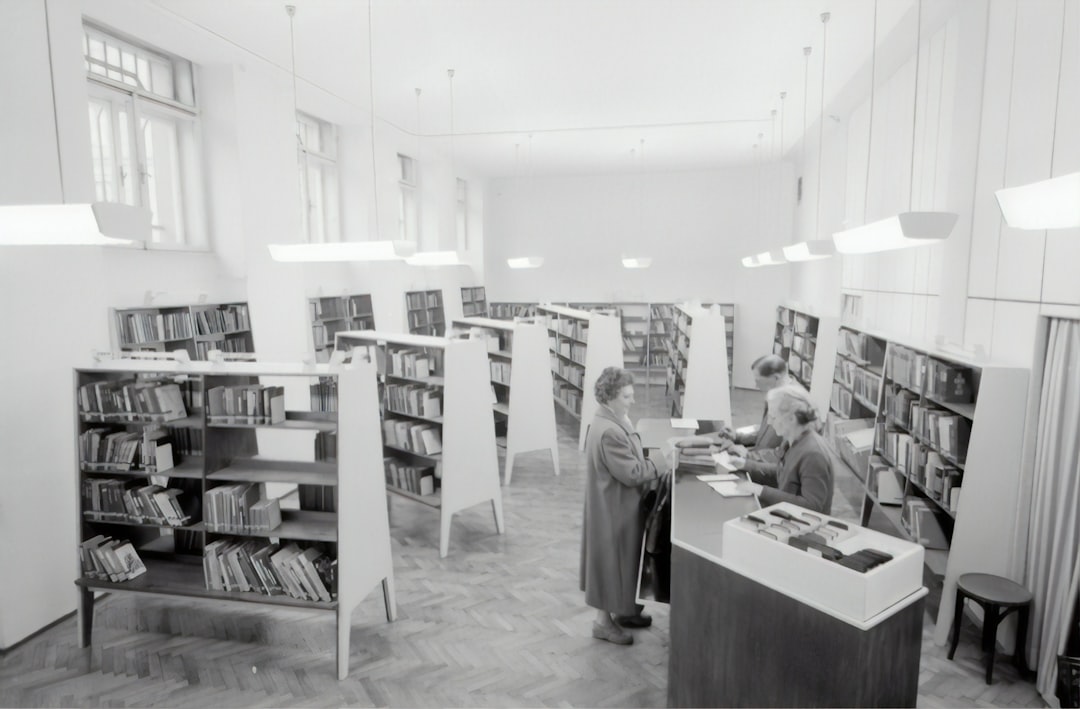Historiography, the study of historical writing and the methods of historians, serves as a critical lens through which we can examine how history is constructed, interpreted, and understood. It encompasses not only the narratives that historians create but also the underlying philosophies, methodologies, and contexts that shape these narratives. The discipline of historiography is not static; it evolves over time as new evidence emerges, societal values shift, and different theoretical frameworks come into play.
This dynamic nature of historiography is particularly evident in the study of Indian history, especially concerning the pre-1857 period, which has been subject to various interpretations influenced by colonialism, nationalism, and contemporary scholarship. The historiography of India before 1857 is a rich tapestry woven from diverse threads of political, social, and cultural narratives. The events leading up to the Indian Rebellion of 1857 are pivotal in understanding the trajectory of Indian history and its historiographical interpretations.
The way historians have approached this period reflects broader trends in historical writing, including the impact of colonial perspectives, nationalist movements, and modern academic frameworks. By examining these various interpretations, we can gain insight into how historical narratives are constructed and the implications they hold for contemporary understandings of identity, culture, and power.
Key Takeaways
- Historiography is the study of how history has been written and interpreted over time.
- Early historiography of the pre-1857 period was often focused on recording the deeds of rulers and the chronicles of events.
- The evolution of historical interpretation has seen a shift towards analyzing social, economic, and cultural aspects of history.
- Colonial historiography had a significant influence on shaping the narrative of pre-1857 history, often from a Eurocentric perspective.
- Revisionist approaches to pre-1857 historiography seek to challenge traditional narratives and incorporate marginalized voices and perspectives.
- Contemporary perspectives on the pre-1857 period emphasize the need for a more inclusive and diverse understanding of history, incorporating multiple viewpoints and experiences.
Early Historiography of the Pre-1857 Period
The early historiography of India before 1857 was largely dominated by colonial perspectives. British historians and officials often viewed Indian history through a Eurocentric lens, emphasizing narratives that justified colonial rule. Figures such as James Mill and Thomas Macaulay played significant roles in shaping early historical accounts.
Mill’s “History of British India,” published in 1817, presented a linear narrative that depicted Indian society as stagnant and in need of British intervention for progress. This portrayal not only served to legitimize colonial rule but also marginalized indigenous voices and perspectives. In contrast to colonial narratives, indigenous historians also contributed to the historiography of this period, albeit in a limited capacity due to the prevailing colonial dominance.
Works by scholars such as Rajaram Mohan Roy and later figures like Bankim Chandra Chatterjee began to emerge, reflecting a growing awareness of India’s rich cultural heritage and historical complexity. However, these early indigenous accounts were often overshadowed by colonial interpretations that dominated academic discourse. The lack of access to historical sources and the prevailing colonial ideology significantly constrained the development of a more nuanced understanding of India’s past.
Evolution of Historical Interpretation

As the 19th century progressed, the historiographical landscape began to shift with the rise of nationalist sentiments in India. The late 19th and early 20th centuries saw a burgeoning interest in India’s ancient civilizations, cultural achievements, and resistance against colonial rule. Historians such as R.Dutt and K.Nilakanta Sastri sought to reclaim India’s history from colonial narratives by emphasizing its achievements in art, science, and governance.
This period also witnessed the emergence of new methodologies in historical writing. The introduction of social history as a discipline allowed historians to explore the lives of ordinary people rather than focusing solely on political elites.
This shift was significant in understanding the socio-economic conditions that prevailed in pre-1857 India. Historians began to investigate the impact of colonial policies on agrarian structures, trade networks, and social hierarchies, thereby enriching the historiographical discourse with diverse perspectives.
Influence of Colonial Historiography
Colonial historiography has had a profound influence on how the pre-1857 period is understood and interpreted. The narratives constructed by British historians often emphasized themes of decline and chaos in Indian society prior to British intervention. This portrayal served not only to justify colonial rule but also to create a dichotomy between the ‘civilized’ West and the ‘backward’ East.
Such representations were deeply embedded in racial theories that posited European superiority over other cultures. The impact of colonial historiography extended beyond mere narrative construction; it shaped educational curricula and public perceptions of history in India. The British colonial education system prioritized English-language texts that adhered to colonial interpretations, effectively marginalizing indigenous histories and perspectives.
This educational framework created a generation of Indians who were often alienated from their own historical narratives, leading to a complex relationship with their past.
Revisionist Approaches to Pre-1857 Historiography
The latter half of the 20th century marked a significant turning point in the historiography of pre-1857 India with the emergence of revisionist approaches. Scholars began to challenge the dominant colonial narratives by re-examining primary sources and employing new theoretical frameworks. The revisionist school sought to highlight the agency of Indian actors in shaping their own history rather than portraying them solely as passive subjects under colonial rule.
One notable figure in this movement was Irfan Habib, whose work emphasized the economic dimensions of Indian history. Habib argued that understanding the agrarian economy and social structures was crucial for comprehending the dynamics that led to resistance against colonial rule. His analysis provided a more nuanced understanding of pre-1857 India by situating it within broader global economic trends while also recognizing local agency.
Additionally, scholars like Sumit Sarkar critiqued earlier nationalist interpretations that romanticized India’s past without adequately addressing its complexities. Sarkar’s work underscored the importance of examining class struggles, regional variations, and the interplay between different social groups in shaping historical events. This revisionist approach not only enriched the historiographical discourse but also encouraged a more critical engagement with historical narratives.
Contemporary Perspectives on the Pre-1857 Period

In recent years, contemporary historiography has continued to evolve, reflecting broader global trends in historical scholarship. The advent of postcolonial theory has significantly influenced how historians approach the pre-1857 period. Scholars are increasingly aware of the need to deconstruct colonial narratives while also recognizing the multiplicity of voices that constitute India’s history.
This approach emphasizes intersectionality, considering how factors such as caste, gender, and regional identities intersect with broader historical processes. Contemporary historians are also utilizing interdisciplinary methods to enrich their analyses. The integration of anthropology, sociology, and cultural studies has allowed for a more holistic understanding of pre-1857 India.
Moreover, digital humanities have opened new avenues for research and dissemination of historical knowledge. Online archives and databases have made primary sources more accessible to scholars and the public alike, facilitating collaborative research efforts across geographical boundaries.
This democratization of historical knowledge has led to a resurgence of interest in local histories and marginalized narratives that challenge dominant historiographical frameworks. In conclusion, the historiography of pre-1857 India is a complex interplay of colonial narratives, nationalist interpretations, revisionist approaches, and contemporary perspectives. Each phase reflects broader societal changes and intellectual currents that have shaped our understanding of this pivotal period in Indian history.
As historians continue to engage with this rich tapestry of narratives, they contribute to an ever-evolving discourse that seeks to illuminate the multifaceted nature of India’s past while acknowledging its relevance to contemporary issues of identity and power.
In exploring the historiography of the Pre-1857 period, it is important to consider the article “India: An Object of Knowledge” which delves into the complexities of understanding and studying the history of India. This article provides valuable insights into the various perspectives and approaches that have been taken in interpreting the historical events and narratives of the region. For a more in-depth analysis of the subject, readers may also be interested in the article “Exploring Nonlinear Oscillators in Conservative Hamiltonian Systems” which discusses the intricacies of nonlinear systems and their impact on historical analysis. Source
FAQs
What is historiography?
Historiography is the study of the methods and principles used in historical research and writing. It involves the examination of how history has been interpreted and written by different historians over time.
What is the pre-1857 period in history?
The pre-1857 period refers to the time before the Indian Rebellion of 1857, also known as the Sepoy Mutiny, which was a major uprising against British rule in India.
What are the key themes in the historiography of the pre-1857 period?
Key themes in the historiography of the pre-1857 period include the impact of British colonialism on Indian society, economy, and culture, the resistance and responses of Indians to colonial rule, and the role of religion and caste in shaping Indian history.
How has the historiography of the pre-1857 period evolved over time?
The historiography of the pre-1857 period has evolved from early colonial interpretations that portrayed British rule as beneficial to India, to nationalist interpretations that emphasized the exploitation and oppression of Indians by the British, and more recent postcolonial and subaltern perspectives that seek to amplify the voices of marginalized groups in Indian history.
What are some key historians and works in the historiography of the pre-1857 period?
Key historians and works in the historiography of the pre-1857 period include R.C. Majumdar’s “The Sepoy Mutiny and the Revolt of 1857,” Ranajit Guha’s “Elementary Aspects of Peasant Insurgency in Colonial India,” and Dipesh Chakrabarty’s “Rethinking Working-Class History: Bengal 1890-1940.”






















+ There are no comments
Add yours